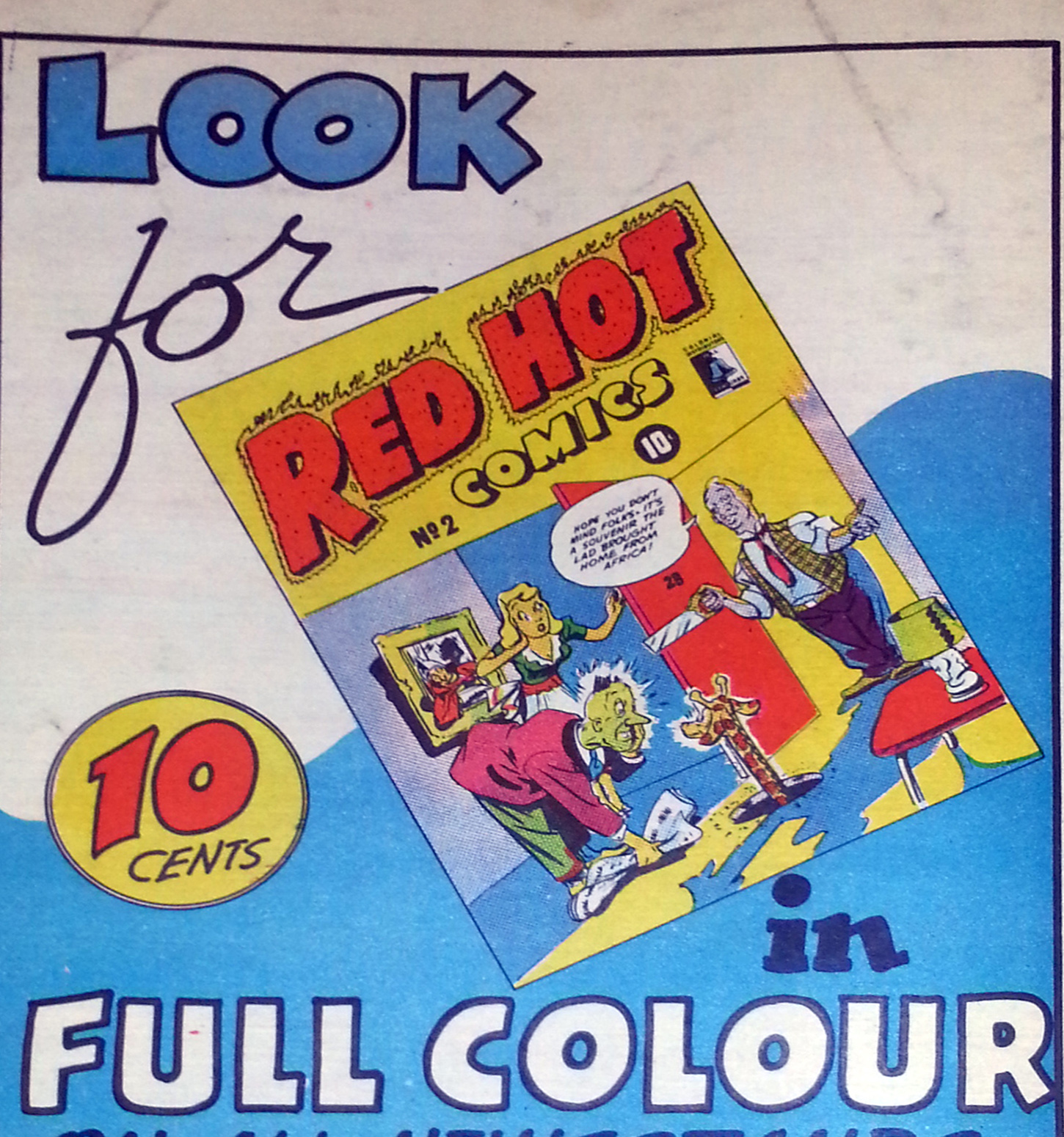
WECA Checklist
I miss doing this column and I wish I had enough hands and time to do justice to it and the other work I am doing. I certainly don’t want to give the impression that the column is dead. There’s…

Discussing the minutiae of comic book collecting.

Discussing the minutiae of comic book collecting.

I miss doing this column and I wish I had enough hands and time to do justice to it and the other work I am doing. I certainly don’t want to give the impression that the column is dead. There’s…
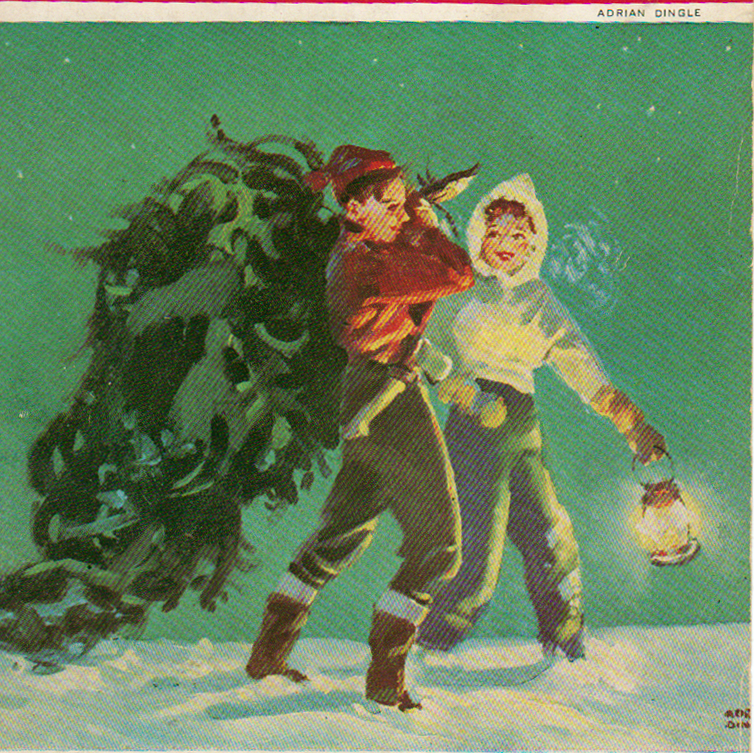
Presents and surprises are one part of Christmas, for some a huge part, but one can’t deny that it’s invariably a pleasant experience to get a gift, especially an unexpected one. My friend and fellow WECA book collector, Walter Durajlija,…
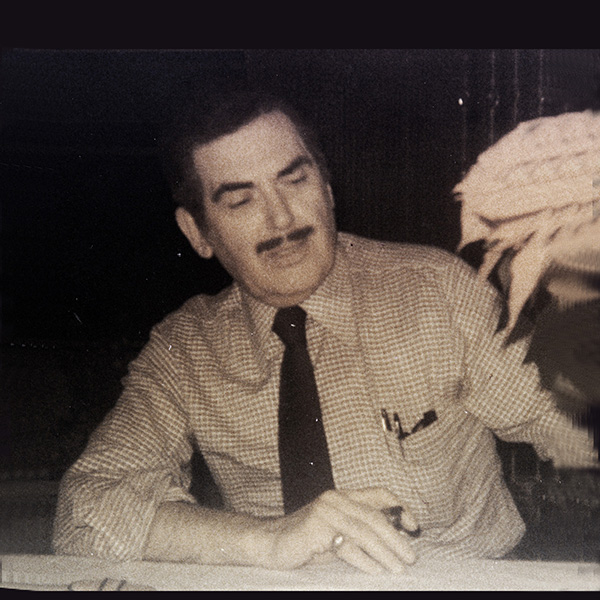
It’s an understatement to point out that most average income collectors, like me, have been priced out of battling for WECA comics through online auctions now that the comic collecting community has more widely become aware of them: of their…
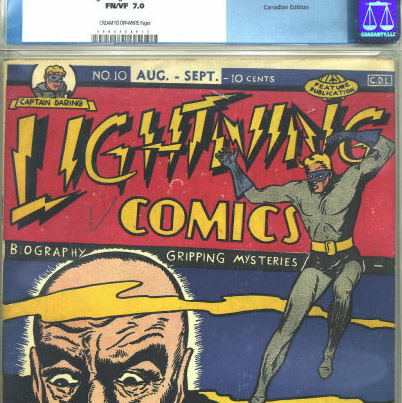
When we think of Canadian war-time comic publishing companies, we usually think of the “Big Four”: Maple Leaf Publications, Anglo-American Publications, Bell Features, and Educational Projects with Adrian Dingle’s Hillborough Studio run of Triumph-Adventure Comics appended to Cy Bell’s books.…
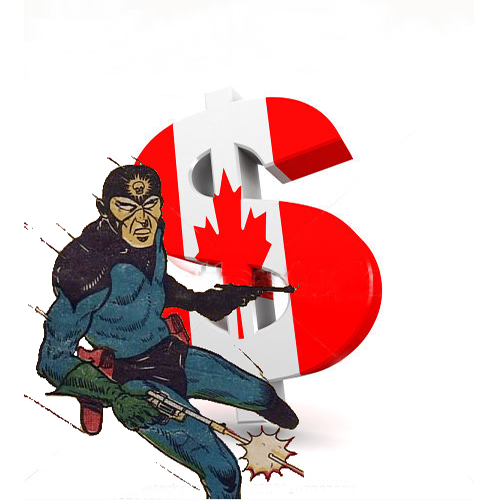
My question is, does the scarcity of WECA comics put them in a universe of their own when it comes to determining their fair market value? These books are still somewhat impenetrable for the majority of collectors and maybe an accurate price guide can’t be set down because of the lack of available sales data. I don’t subscribe to GPA so I don’t know if there is any data on sales of some of the slabbed WECA books, but so far this year I have seen about 130 of these books change hands on line, but this unusually high number of WECA books made available in a single year was chiefly due to the 100 or so books offered in the February and March ComicLink (CLINK) auctions. The usual number of books exchanged on line per year is probably below 50. I suspect that most WECA books never reach the online market and are exchanged between collectors, or dealers and collectors hand to hand—or they are discovered when collections come to light from across the country when a collector digs extra hard and uncovers one.
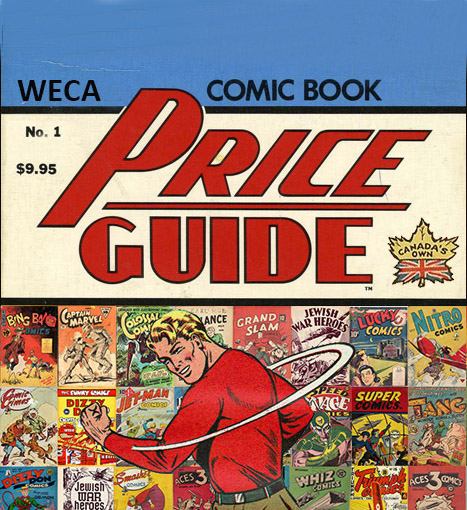
Now that the latest Overstreet Price Guide has included an article on the Canadian war-time comic books and now that the books themselves are beginning to realize handsome price ranges, is it time to put together a Canadian WECA Price…

This week I want to talk about a significant comic from the late WECA period, Slam-Bang Comics No. 7, with a cover date of May, 1946. (Jim Finlay informs me that his indicia for this issue has the date July, 1946 pencilled in, maybe with the May date whited out? Anybody else have a copy they could check?) It took the cover banner from Fawcett’s short live run of a same titled series of 7 issues from 1940, but why it began in Canada with an initial number 7 is still a mystery. Perhaps it was some sort of nod or licensing response to the Fawcett run, but who knows?
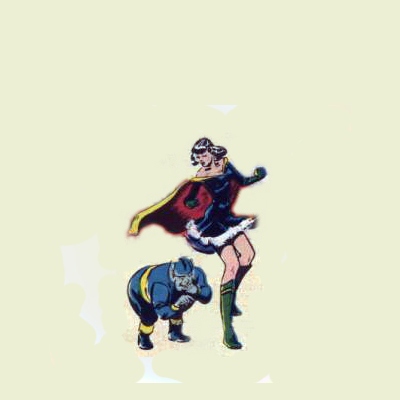
Because it's Canada Day week I want to do a bit of a more involved special column about the figurehead of the Canadian Whites this time--Nelvana. This mini-skirted, semi-mortal, maid of the Arctic skies has firmly become the totem (the chosen emblem) of the Canadian war-time comics.
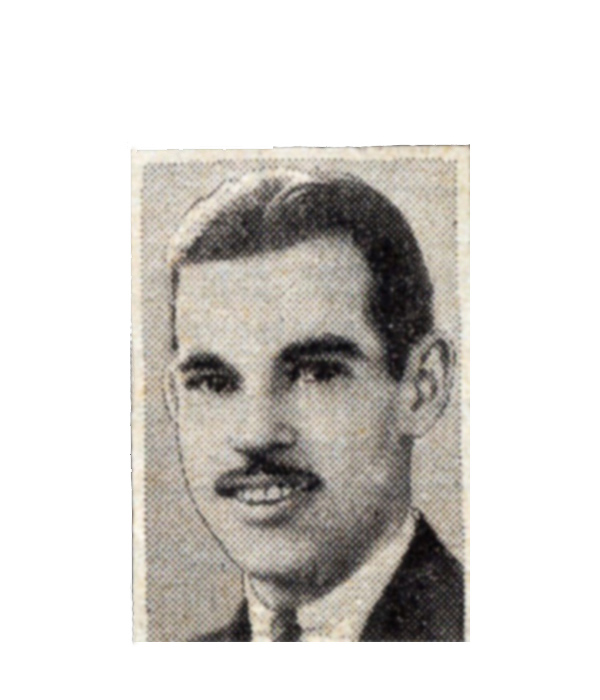
I’ve already discussed the work of Sid Barron, one of Educational Projects main artists, elsewhere and in this post I’d like to look at another, Joseph Hillenbrand, even though there is little information available about him apart from the comic book work he left behind.
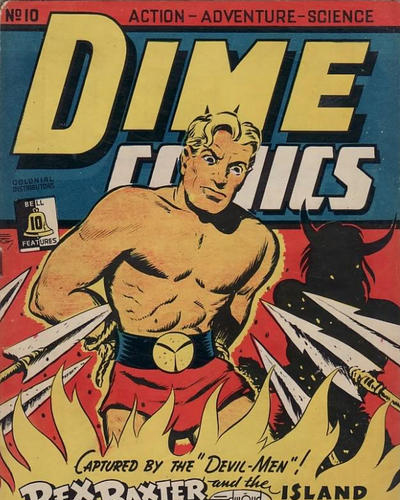
For this post let’s stick to the Bell heroes as they appeared on the cover of six of the seven titles; we’ve got to make an exception of The Funny Comics because it featured one central character, Dizzy Don, who got every cover appearance for the 20 issue run with Bell. Also, the first 13 issues of Commando Comics feature generic soldier covers as one would expect and there are a couple of more generic soldier covers in the runs of the other titles (e.g., Dime 18 and 19, Wow 21). So let’s just look at the covers for the runs of Wow, Triumph, Dime, Active, and Joke Comics and see which characters are most featured on their covers.
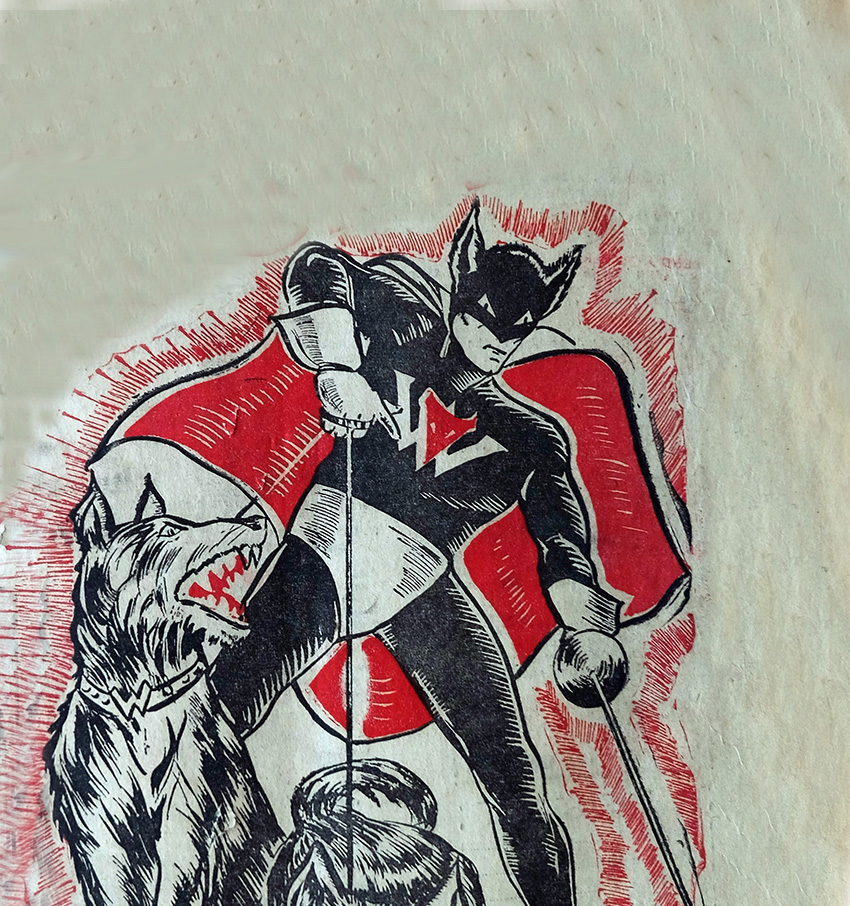
I recently came across a copy of a newsprint comic put out in April of 1941 called Canadian Rocket. I’m sure that some of you have already seen it. This has no glossy or cardboard type cover and is simply a newsprint publication that is a little larger than a regular comic book. Perhaps this was also the format of Robin Hood Comics No. 1 by Anglo American Publications which appeared on the stands a month earlier along with Better Comics No. 1 from Maple Leaf Publications. The indicia attribute it to Victory Publishing Co. in Toronto.
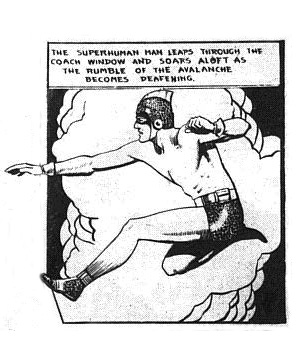
“Thunderfist,” what a great name for a superhero. E. T. Leagault came up with this early in 1942 after having being the sole writer and artist for Cy Bell and his one title at that time, Wow Comics which featured two other Legault creations, Dart Daring and Whiz Wallace. The first issue of Wow Comics was cover dated September, 1941 and came out on the stands after half-dozen issues of Better Comics and a couple of issues of Lucky Comics issued by Maple Leaf Publications out of Vancouver had already been in the hands of lucky kids across the country.
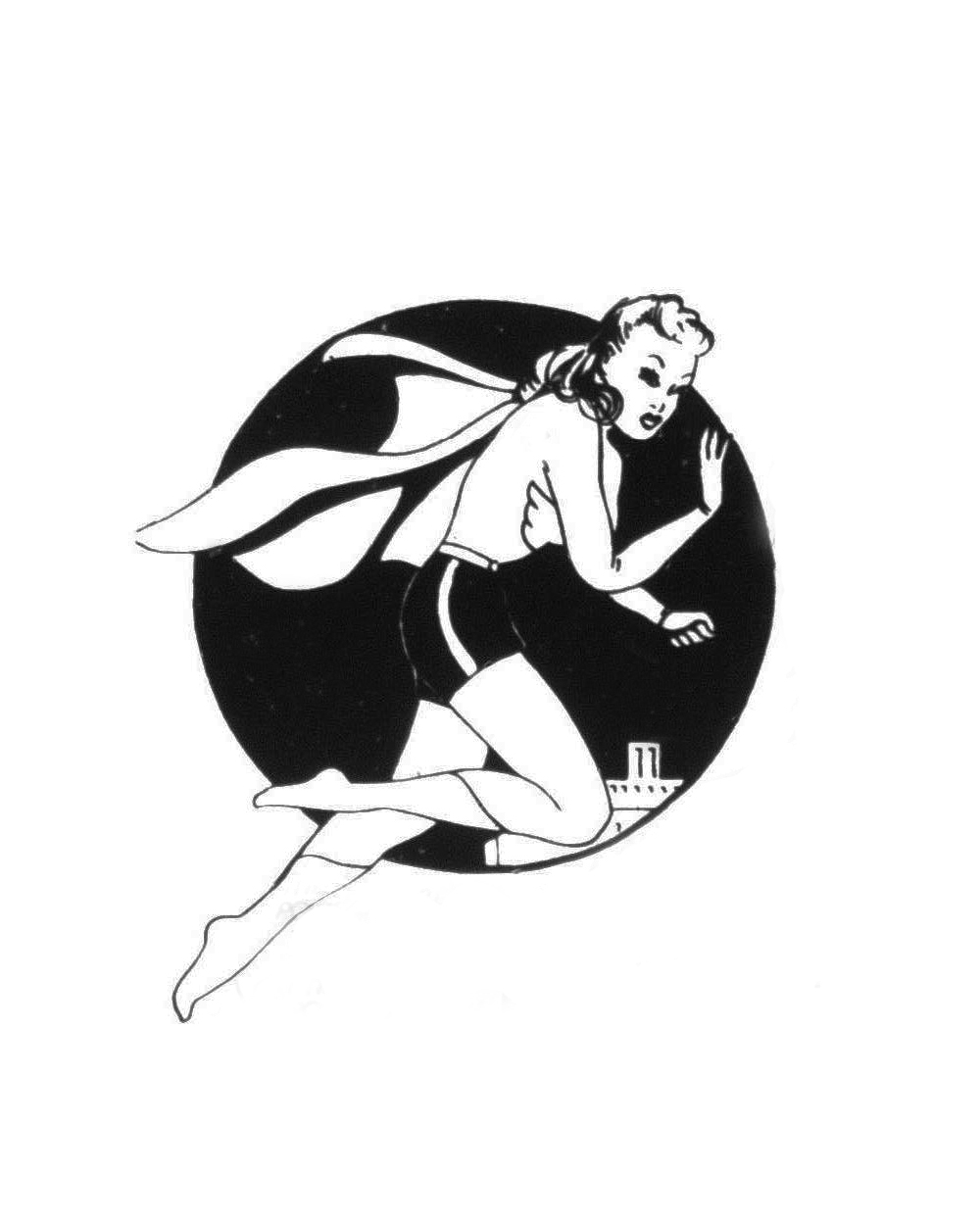
The Wing was the creation of John G. Hilkert and first appeared in Joke Comics No. 4 (Sept./Oct. 1942) as the Wing, but if we look closely we can find an appearance of a character (not costumed or super powerful) named Trixie Rogers in a text story written by Hilkert and art by Murray Karn in Dime Comics 5 called “Death Casts a Vote” a couple of months before she put on the costume in Joke Comics.
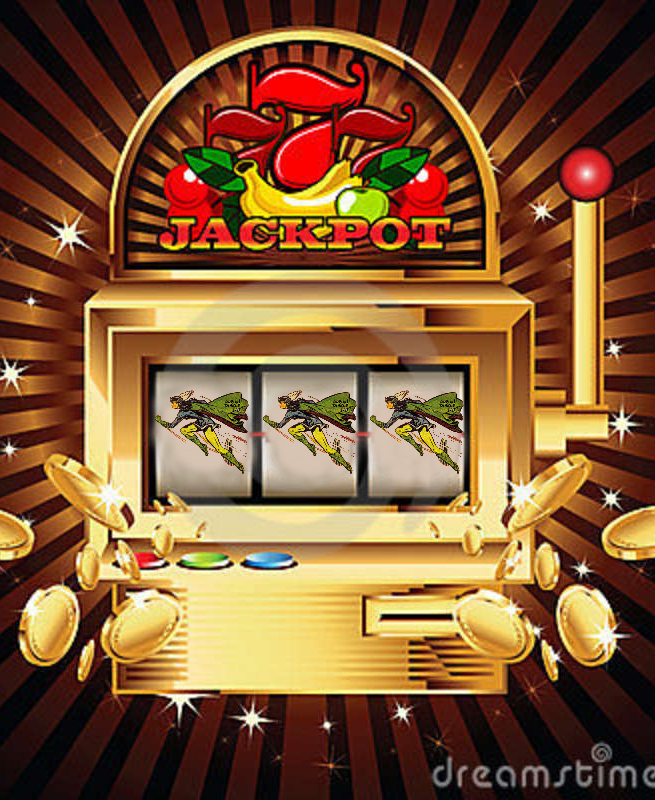
The latest ComicLink online auction finished last night and on offer were three dozen slabbed Canadian comics with all but two of them WECA books. The biggest irony of the final tally for me was that the highest prices were commanded by essentially reprint material.
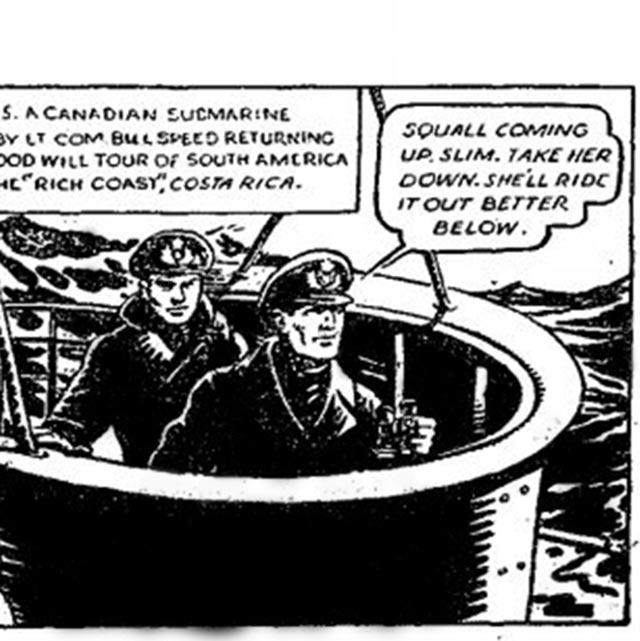
John Stables (most often signing his work Jon St. Ables) has always been amongst the most appreciated of the WECA artists and his name is consistently placed at the head of lists of those artists best representative of the excellent, professional quality of Canadian war-time comic art whenever the artistic output of the Canadian Whites is brought into question. He was inducted into the Shuster Hall of Fame in 2006 and the write up with the induction by Robert Pincombe and Peter Hansen supplies you with the necessary details of his life and career.
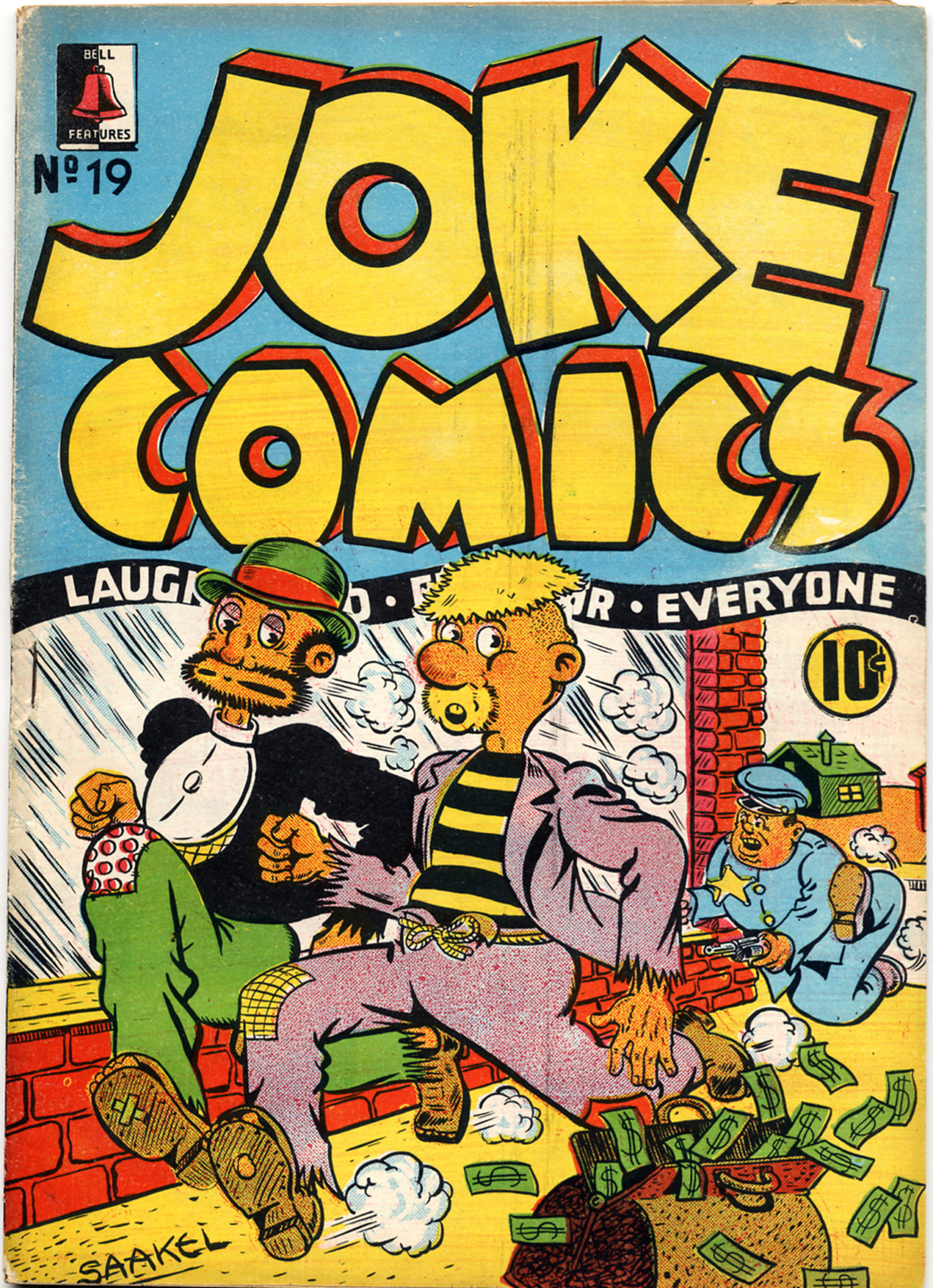
My last post was on the “toony” side of Vancouver’s Maple Leaf Publications and in it I stated that there were no real toons in Montreal’s Educational Projects Publishers. I now want to qualify that since I’ve been able to find three fillers that might qualify.
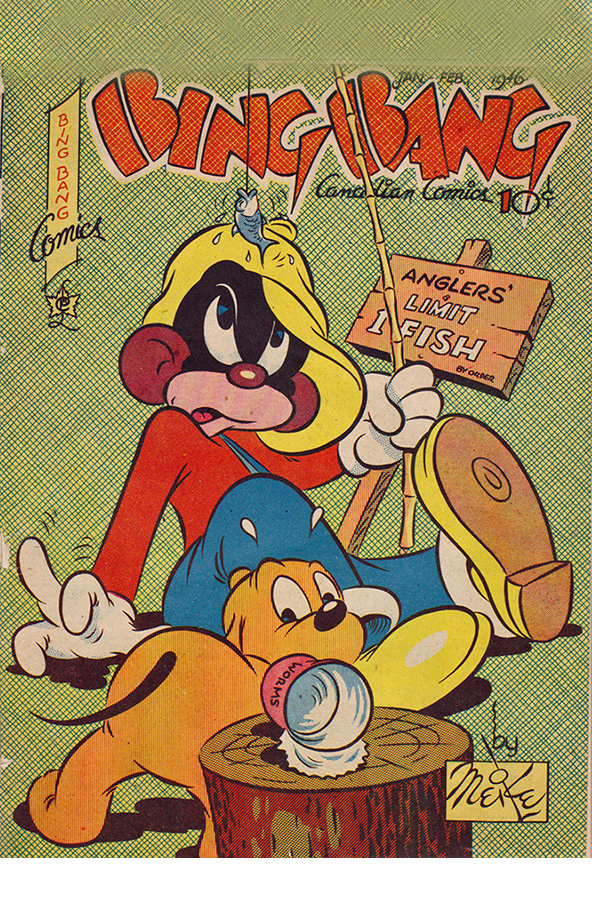
Comic book art runs the rainbow spectrum from realistic, to semi-realistic, to surrealistic, each time the metaphor getting stronger. In the surrealistic “toons” the world is populated by caricature humanoids and/or anthropomorphic fauna (‘funny animals”). Each of the four WECA publishers, except Educational Projects, had features that fell somewhere on the surrealistic end of this continuum.
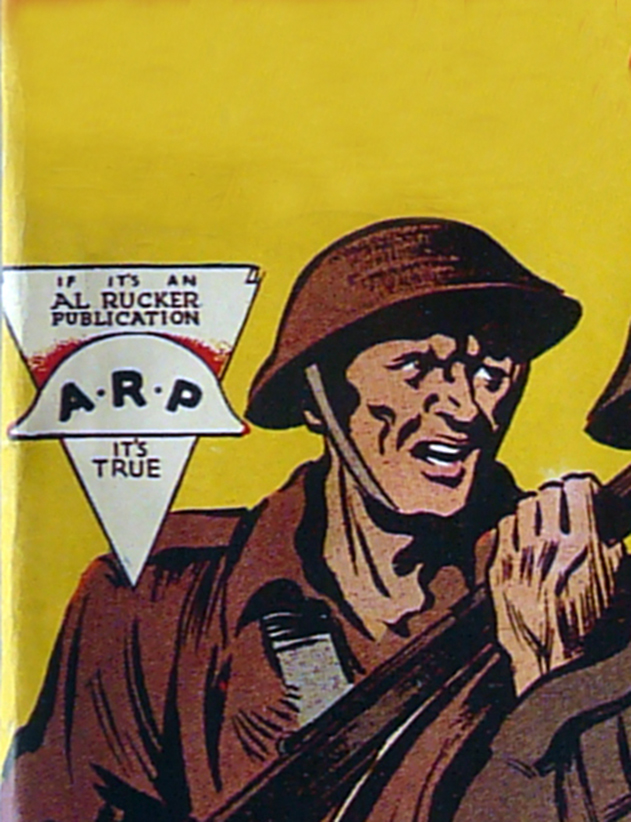
Here’s one of those strange companies that started to appear towards the end of the WECA period. Its main title was The Weekender. For the first two issues it was known as The Comic Section of Illustrated Weekender News Reviews. The implication of the title was that it was some sort of newspaper or magazine insert but actually the so-called “news section” was included in the comic book itself. This news section was a dozen or so black and white pages of text and photos dealing with popular news items of the day.
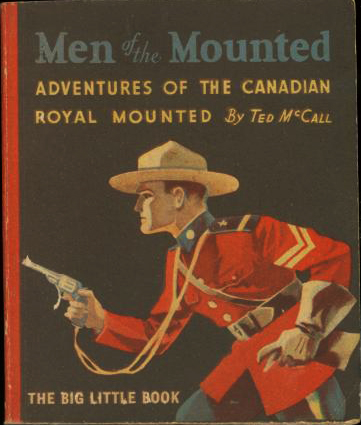
Of all Canadian icons the Mountie is perhaps the best internationally known. The red serge, jodhpurs and boots combination probably holds higher world-wide currency and branding for Canada than the beaver, crossed-hockey sticks, and even the maple leaf.
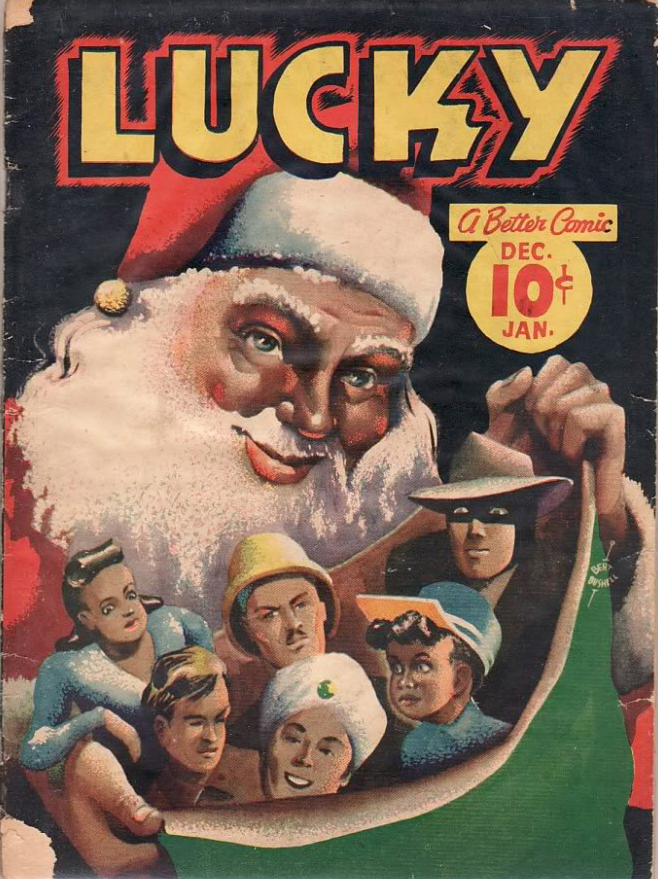
Think back, even imagine, a time before our internet brains, before even our TV brains... when things inside our heads were much quieter and much clearer. Think back to the time of the Canadian Whites when tension came not from a barrage of digital and video bits streamed into our cortex but from a sustained home front war effort. Imagination didn’t have its dots connected with computer generated imagery. Here’s a war era imagination machine.